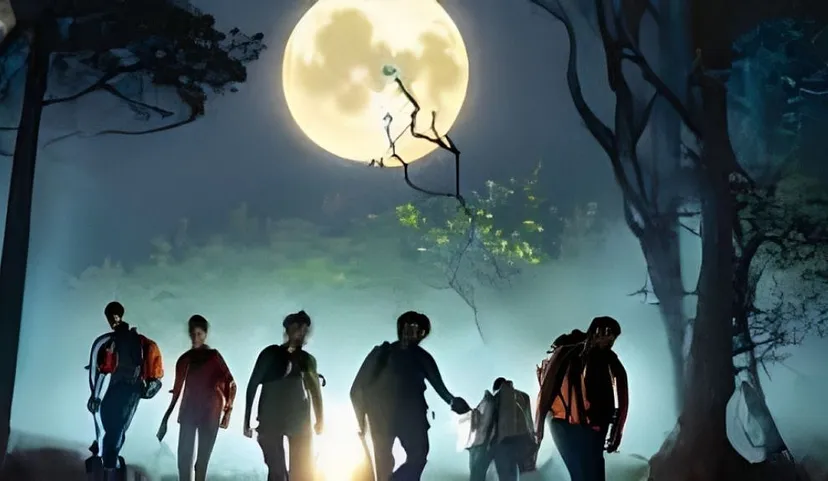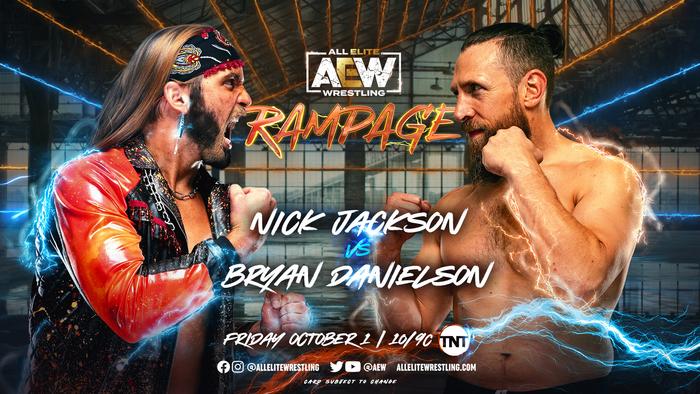Animated Turkey
SEO Meta-Description: Explore the vibrant world of animated Turkey, its history, major studios, popular shows, films, and future trends in this comprehensive guide.
Introduction
The animated industry in Turkey has evolved significantly over the years, contributing richly to both national and international entertainment landscapes. Animated Turkey article delves into the animated world’s multifaceted aspects in Turkey, from its history and influential studios to popular shows and future trends.
History of Turkey Animation
The roots of Turkish animation trace back to the mid-20th century. Early efforts were primarily in short films and educational content .Animated Turkey Over the decades, the industry has matured, reflecting the nation’s cultural richness and storytelling heritage. Key milestones include the release of pioneering works that showcased unique animation styles and narratives resonating with Turkish folklore and modern themes.
Major Animated Studios in Turkey
Turkey is home to several major animation studios that have made substantial contributions to the industry. Leading studios like Anima Istanbul and Düşyeri Animation are at the forefront, producing a variety of content ranging from commercials to full-length animated features. Animated Turkey studios have played a pivotal role in shaping the industry’s direction and expanding its global reach.
Popular Animated TV Shows
Turkish animated TV shows have gained immense popularity among various age groups. Shows like “Kral Zakir” and “Rafadan Tayfa” are household names, beloved for their engaging stories and vibrant characters. These shows not only entertain but also provide cultural education, embedding values and lessons within their narratives .Animated Turkey
Famous Animated Films
Turkey’s animated films have garnered international acclaim and significant box office success. Films such as “Evliya Çelebi” and “Kötü Kedi Şerafettin” have won awards and captivated audiences with their unique storytelling and animation techniques. These films highlight the industry’s capability to produce content that resonates globally.
Influential Turkish Animators
The industry boasts numerous influential animators who have left an indelible mark. Figures like Ayşe Ünal and Mehmet Kurtuluş are celebrated for their innovative approaches and contributions. Their works often blend traditional Turkish art with modern animation techniques, creating visually stunning and culturally rich pieces.
Animation Techniques
Turkey’s animation industry employs various techniques, from traditional hand-drawn methods to cutting-edge 3D animation. The diversity in techniques allows for a wide range of artistic expressions, catering to different tastes and audiences. This section explores the evolution of these techniques and their impact on animation quality and storytelling.
Technological Advancements
Technological advancements have significantly influenced Turkey’s animation industry. High-end software, state-of-the-art studios, and improved production processes have elevated the quality of animations. The adoption of technologies like motion capture and CGI has opened new possibilities, making Turkish animations more competitive on the international stage.
Cultural Representation in Animation
Turkish animations often incorporate elements of local culture, myths, and folklore, providing viewers with a rich cultural experience. This section delves into how cultural representation is woven into animated narratives, showcasing Turkey’s heritage and values through captivating storytelling.
Educational and Children’s Animation
Education-focused animations play a crucial role in Turkey, with many shows designed to educate and entertain children. Programs like “Niloya” and “Pepee” are examples of how animation can be used to impart knowledge and moral lessons, aiding in children’s development and learning.
Government Support and Policies
The Turkish government has implemented various policies and provided financial support to bolster the animation industry. Grants, subsidies, and favorable regulations have helped studios thrive, encouraging local talent and attracting international collaborations.
Animation Festivals and Awards
Turkey hosts several animation festivals, such as the Istanbul International Animation Festival, which celebrate the art of animation and recognize outstanding achievements. These events are crucial for industry networking, showcasing talent, and inspiring future projects.
Collaboration with International Studios
Collaborations with international studios have become increasingly common, bringing cross-cultural influences and expanding the reach of Turkish animations. Joint ventures and co-productions have enriched the industry, leading to innovative projects that blend diverse animation styles and narratives.
Animation in Digital Media
The rise of digital media has transformed how Turkish animations are distributed and consumed. Online platforms and streaming services like Netflix and BluTV offer a global audience access to Turkish animated content, broadening its impact and popularity.
Challenges in the Turkish Animation Industry
Despite its growth, the Turkish animation industry faces challenges such as financial constraints, talent shortages, and intense competition. This section examines these issues and explores potential solutions to overcome them.
Future Trends in Turkish Animation
Emerging trends in the Turkish animation industry point towards increased digitalization, greater use of advanced technologies, and more international collaborations. Market predictions suggest a promising future, with Turkish animations gaining further prominence globally.
Case Study: A Successful Turkish Animated Film
An in-depth analysis of “Kötü Kedi Şerafettin” illustrates the factors behind its success. The film’s engaging plot, technical brilliance, and cultural relevance are dissected to provide insights into what makes a Turkish animated film successful.
Animation Education in Turkey
Educational institutions and training programs dedicated to animation are crucial for nurturing talent. This section explores the offerings of top animation schools in Turkey, the curriculum, and the career opportunities available for aspiring animators.
Impact of Social Media on Turkish Animation
Social media platforms have become essential for promoting Turkish animations, engaging with fans, and building communities. Strategies used by studios and animators to leverage social media are discussed, highlighting their impact on the industry’s growth and visibility.
Merchandising and Licensing
Merchandising and licensing are significant revenue streams for the animation industry. Popular characters and shows often extend into toys, clothing, and other products. This section explores the economic impact and strategies behind successful merchandising and licensing deals.
Conclusion
The Turkish animation industry is a vibrant and dynamic field, rich in cultural representation and technological innovation. As it continues to grow, it holds promise for even greater achievements and global recognition. With the support of government policies, technological advancements, and international collaborations, the future looks bright for Turkish animation.
FAQs
What are some popular Turkish animated TV shows? Popular shows include “Kral Şakir,” “Rafadan Tayfa,” and “Pepee,” which are well-loved for their engaging content and cultural themes.
Who are some influential Turkish animators? Notable animators include Ayşe Ünal and Mehmet Kurtuluş, known for their innovative work and significant contributions to the industry.
How has technology impacted Turkish animation? Technological advancements have improved the quality of animations, introduced new techniques like CGI and motion capture, and made Turkish animations more competitive globally.
What role does cultural representation play in Turkish animation? Cultural representation is a key element, with many animations incorporating Turkish myths, folklore, and values, providing a rich cultural experience.
How does the Turkish government support the animation industry? The government provides financial support through grants and subsidies, and implements favorable policies to encourage growth and international collaborations.
What are some challenges faced by the Turkish animation industry? Challenges include financial constraints, talent shortages, and intense market competition. Efforts are ongoing to address these issues and support industry growth.




